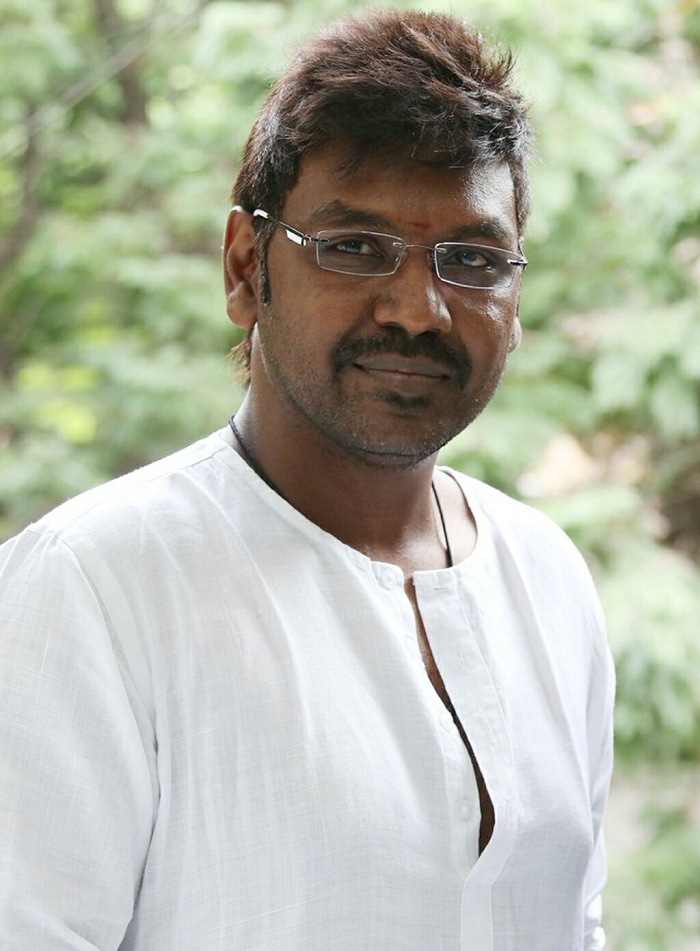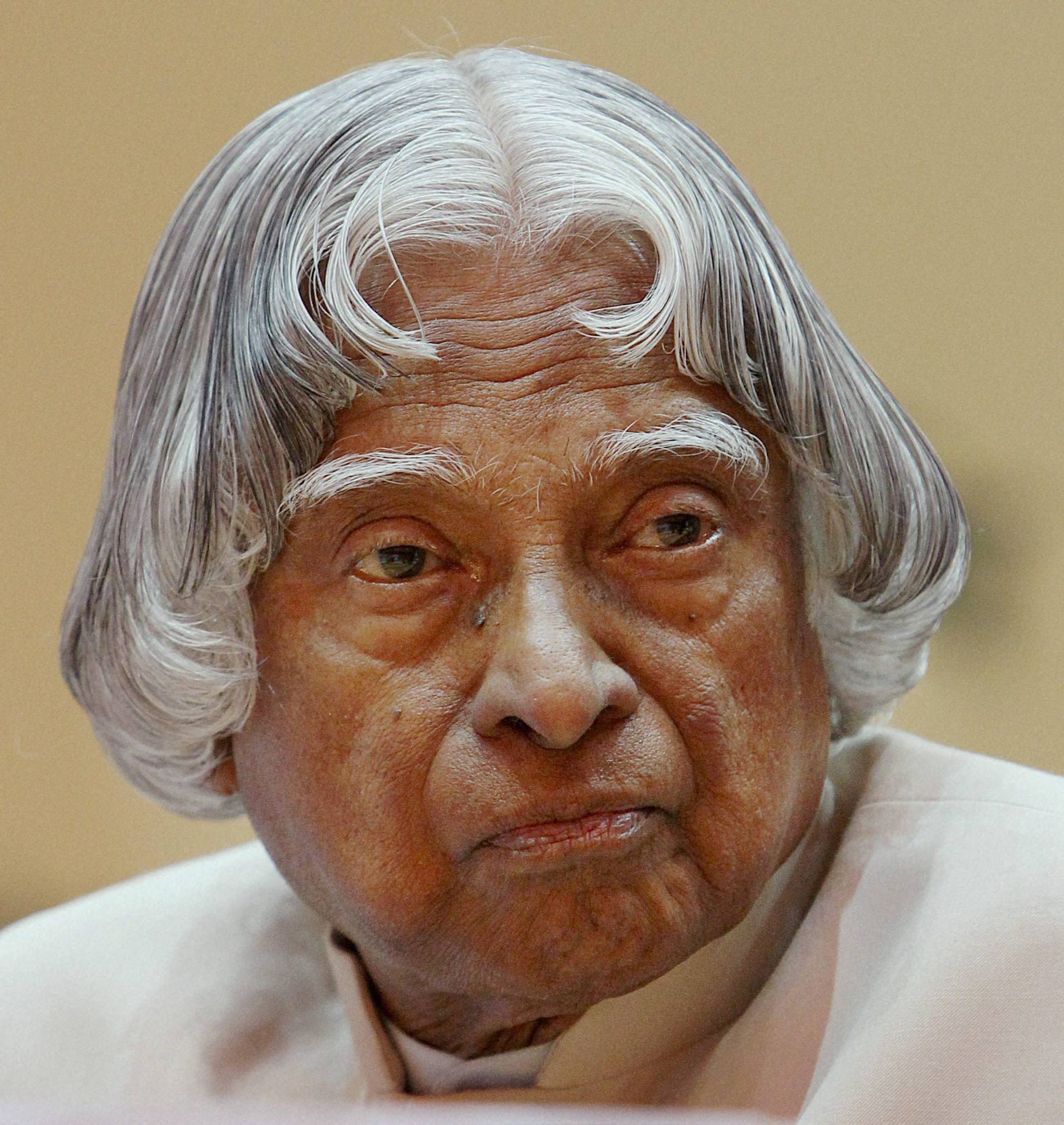- The most important vision COP21today what we have to know nothing but the whole global disease will may effected , effecting a lot. "Climate Change" is a topic of Paris Agreement 2015 - COP21
- The 2015 Paris Climate Conference, a meeting of the 195 nations that make up the United Nations Framework on Climate Change.
With more than 40,000 delegates from 195 countries all over the world, it's a huge meeting. In fact, this is the largest conference the French government has ever organized. The host country's President, Francois Hollande will welcome many major world leaders, including U.S. President Barack Obama, Chinese President Xi Jinping and Indian Prime Minister Narendra Modi, leaders of three countries with the largest carbon emissions.
What is COP21?
COP stands for Conference of Parties, an annual meeting of all nations that make up the United Nations Framework on Climate Change -- 195 nations in total. This is the 21st meeting (thus COP21), with the first occurring in Berlin in 1995.
The purpose of the meetings is to continually assess the nations' progress in dealing with climate change and, every so often, negotiate agreements and set goals for reducing greenhouse gas emissions that are the primary drivers of climate change. Previous memorable meetings include COP3 in Kyoto, Japan, which brought about the Kyoto Protocol; COP11, which generated the Montreal Action Plan; and COP15 in Copenhagen, Denmark, which was largely deemed a failure because a binding agreement wasn't reached.
What is the goal of the 2015 conference?
The goal for Paris in December is pretty clear-cut: to achieve a legally binding agreement, with universal participation among all nations, to keep global warming below what most scientists say is the critical threshold of 2 degrees Celsius of warming. (This refers to the increase in globally averaged temperature since the Industrial Revolution.)
This will not be an easy goal to reach, since the planet already has been warmed by 0.85 degrees Celsius since 1880, according to the latest Intergovernmental Panel on Climate Change report in 2014, and many scientists say the gases we have already emitted into the atmosphere will "lock us in" to around 2 degrees Celsius of warming. Therefore, it will take significant reductions in emissions in the near future, especially from the largest emitters such as the United States and China, as well as commitments to sustainable development from all countries, which must be financed by the developed (i.e., rich) nations.
What is necessary for it to be a success?
Since the goal is very clear for COP21, it is necessary for the nations to unanimously adopt a legally binding agreement that will reduce global carbon emissions and aim to keep warming below the 2-degree threshold. Anything resembling Copenhagen in 2009, where some limits to greenhouse gases were agreed upon but no treaty was ultimately signed, would be deemed a failure. The limits that were put in place in the Kyoto Protocol will run out in 2020, so it is imperative that the attendees leave Paris with a new agreement to begin in 2020 and enable long-term change beyond that.
The negotiations in Paris will not just focus on national commitments to reduce greenhouse gases, but will also have a financial aspect, which could prove to be a sticking point. Previous meetings have established a $100 billion-per-year commitment, starting in 2020, from developed countries to help developing countries combat climate change and build through sustainable development. Where this money comes from will be a major negotiating point -- how much from public vs. private sources? What role will businesses play? Answering these financial questions will be crucial to the success or failure of the Paris talks.
Why is it important to me?
Assuming you plan on living on this planet for the next few decades, as opposed to joining the Mars One colonization project, you will be affected by climate change and should care about the outcome of the Paris climate conference, as it will be critical in framing the international response to man-made climate change.
A warming climate will lead to more frequent and extreme heat waves, droughtsand flash floods. In addition to extreme weather, melting glaciers and ice sheets are raising sea levels, which will continue and affect the lives of hundreds of millions of coastal residents worldwide. Other effects such as water scarcity and changes in food supply will also accompany climate change and, like most of the other effects, will hit the developing world disproportionately.
So even as the holiday season is in full swing next month, take a minute from your shopping and keep an eye on the proceedings in Paris, as the fate of the world as we know it could be at stake.Climate Change
So even as the holiday season is in full swing next month, take a minute from your shopping and keep an eye on the proceedings in Paris, as the fate of the world as we know it could be at stake.Climate Change











 Dr APJ Abdul Kalam AFP
Dr APJ Abdul Kalam AFP
